No Rice, Eat Apples: Kashmir’s Farmers Ring In Changes
 A local labourer in an Apple orchard in south-Kashmir with bucket of Apples Pic Credit: Rayies Altaf
A local labourer in an Apple orchard in south-Kashmir with bucket of Apples Pic Credit: Rayies Altaf
There is a quite, inexorable change happening in the agriculture sector in Kashmir that is finally beginning to be felt in the state. Changing climatic conditions, drier winters and new market dynamics are moving farmers from rice to Apple cultivation, a seismic change with wide impact. One, where agricultural fields/farms meant for paddy cultivation are converted into Apple orchards, Second, where old or traditional orchards which were mostly rainfed and had local varieties of fruits, are cut and replaced by modern orchards by planting hybrid apple varieties. There is also an increasing trend where borewells and tube wells are being dug and used for irrigation purposes in these new orchards. Drip irrigation has also arrived in places to save water.
The worst case estimate is that Kashmir could lose all of its paddy land in the next 25 years. According to the state department of agriculture, the land under paddy cultivation in Kashmir region has shrunk by 8000 hectares between 2015 and 2018. That has effectively killed the state’s self-sufficiency in rice.
This photo-feature by Rayies Altaf, looks at the turns, twists and shifts.

During the initial stage when paddy saplings are sown in Kashmir during the months of May-June, they need continuous and sustained water supply. A paddy sapling when shifted from nursery to actual field needs a sustained water supply for about one month. This water comes from two sources -rainfall and streams/small irrigation channels which are fed by streams and rivulets. Lately trend has changed where there has been shortage of water in local streams during the months of May-June when the water is needed most and also rainfall is scanty during this time period of the year.

Here a farmer in Doru Anantnag in South Kashmir has converted his paddy field into an Orchard, whereas its adjacent land is still a Paddy Field only. Large fields of paddy are gradually turning into orchards in Baramulla, Kupwara, Pulwama and Anantnag districts of Kashmir
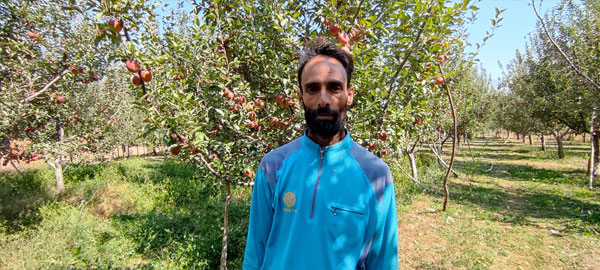
Fayaz Mir was a paddy cultivator in the past. But due to insufficient water availability during the months of May-June and also low productivity, he decided to convert his Paddy land into Apple Orchard. It is now 15 years since he is cultivating apples and he says that Paddy was more labour intensive while growing fruit brings more money.




J&K is the largest apple-producing State in India, accounting for more than 71% of the national production.

Agricultural experts warn that with the fast-spreading of foreign varieties (e.g. European varieties of apples), the local apples with their flavours and colours may be lost for good. The impact is already being felt on the ground. The well-known Kashmiri varieties such as Ambri, Red Delicious, Mahraji are vanishing from the market.

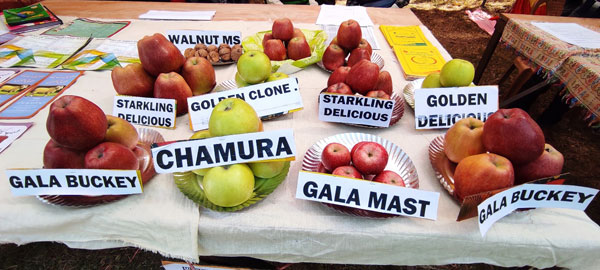

The large-scale switching from paddy to apple involves a shift from water-intensive paddy crop to dry land orchard farming.
“No doubt apple produce is commercially more viable than rice cultivation but how sustainable it would be in the long run, there is a big question mark on that. The fact that paddy fields which during the sowing of paddy remain water logged for more than two months and have a typical soil type, could lead to root rot of apple plantation after few years. Due to this rush of turning paddy land into apple orchards, the state’s food security is also being threatened. Besides there are other ecological and environmental concerns such as with increase in Apple farming pesticide use would increase sharply across the valley. Health hazards resulting from residual effects of pesticides and plant bioregulators applied to improve production vis-à-vis fruit quality would have far reaching social implications in the future”, says Prof Raihana Habib Kanth, Chief Scientist-Agronomy, Sher-i-Kashmir University of Agricultural Sciences & Technology (SKUAST) -Kashmir




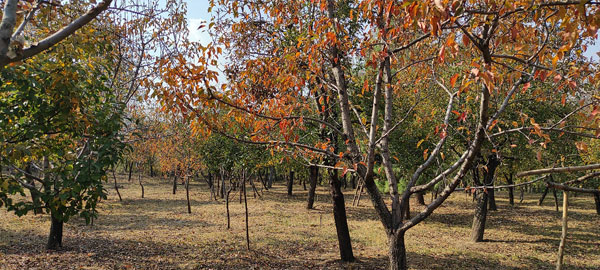

Pic Credit: Rayies Altaf
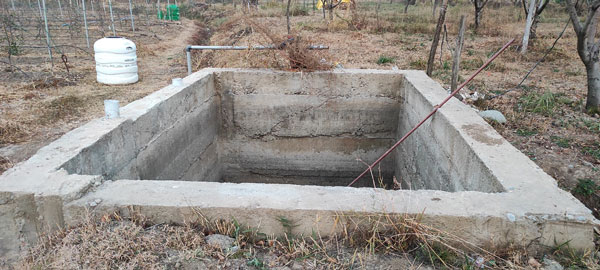
These borewells act as constant source of drip irrigation of these hybrid high-density apple orchards.

Muhammad Munawar Wani, 75, a local paddy cultivator is still resisting this urge of shifting to orchard/apple farming. Even as almost all the land around his paddy fields change over. He is struggling to sustain his paddy field amidst the upcoming orchard plots. According to him it is just a matter of time before he stops paddy cultivation. Mr Munawar is averse to the idea of converting paddy land into orchards or other commercial crops. He says this trend is stealing us of our food self-sufficiency and in near future we will be completely dependent on rice imports. For him it is economic greed mixed with people’s laziness that is responsible for this. Rice cultivation demands a little harder labour and care and new generation is not willing to do that. People want short term gains. The decrease in paddy cultivation would have a long-term impact on the supply chain of rice, since rice is staple food of Kashmiris.

The other reason according to Mr Munawar is rapid urbanization. Increased urbanization is leading to new roads and buildings being built over the agricultural land.


For Fayaz, it was long dry spells in the past, particularly during the sowing season that forced small farmers here, to explore an alternative. Apple farming came as a handy way of dealing with water stress. Now those who are having their produce from these newly built orchards have realised that it is more profitable than paddy. Fayaz says “Apple produce from a small orchard would give you more money than that given by a paddy field of the same size. This is becoming the dominant reason for the trend, where you see more and more people shifting from paddy cultivation to apple farming.”


Mohammad Iqbal Rather says that he shifted to apple farming because everyone around his land turned their paddy fields into apple farms. He also says that compared to paddy, it is easier to grow apple.

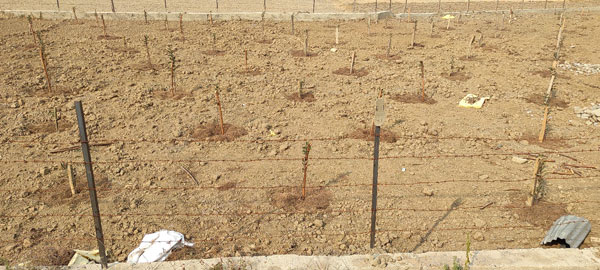
(Disclaimer: The author is a TERI Fellow on Climate Change Communication in the Himalayas-2020. This photo-feature is a result of the fellowship)
Author Details:
Rayies Altaf
TERI Fellow on Climate Change Communication in the Himalayas-2020
M.Sc Science Communication
M.Phil Science Policy-JNU





Nice Article and a good step towards raising an important issue
Local varieties like the ‘Ambareen’ and many others are part of age old bio-diversity of the region. We should conserve and preserve them.
You article has raised many very pertinent questions.
When everyone is trying to do best for making a better livelihood, why should a farmer being asked to do Charity for the agenda of Food security. Rice, no longer is a profitable venture for any grower in Kashmir. We need to have a 10Hactare Rice land to make a good living out of it, otherwise, except feeding our bellies it will offer us nothing. The little profit Rice is giving us as of now is due to the requirement of Rice straw in apple packaging. Gof forbid, if any alternative for Rice straw is made in apple packaging, then hardly anybody will continue to grow Rice in valley
Hi Rayies,
Excellent work! Was very interesting to note that rice is cultivated in the Himalayan state / UT at all. One wonders of water hungry rice is ideal for cultivation in a mountainous state in the era of Climate Change. Has rice always been grown in J & K? Or is snow fed water systems helpful for paddy / rice cultivation. Apple as a cash crop would be cost effective for a native crop … I thought. But yes you have thrown light on how pesticides for apple orchards can contaminate ground water – detrimental to paddy cultivation. Is it Basmati rice that is cultivated or other shorter varieties of rice?
On the whole it sheds light on agriculture in J & K; was so glad to go through this.